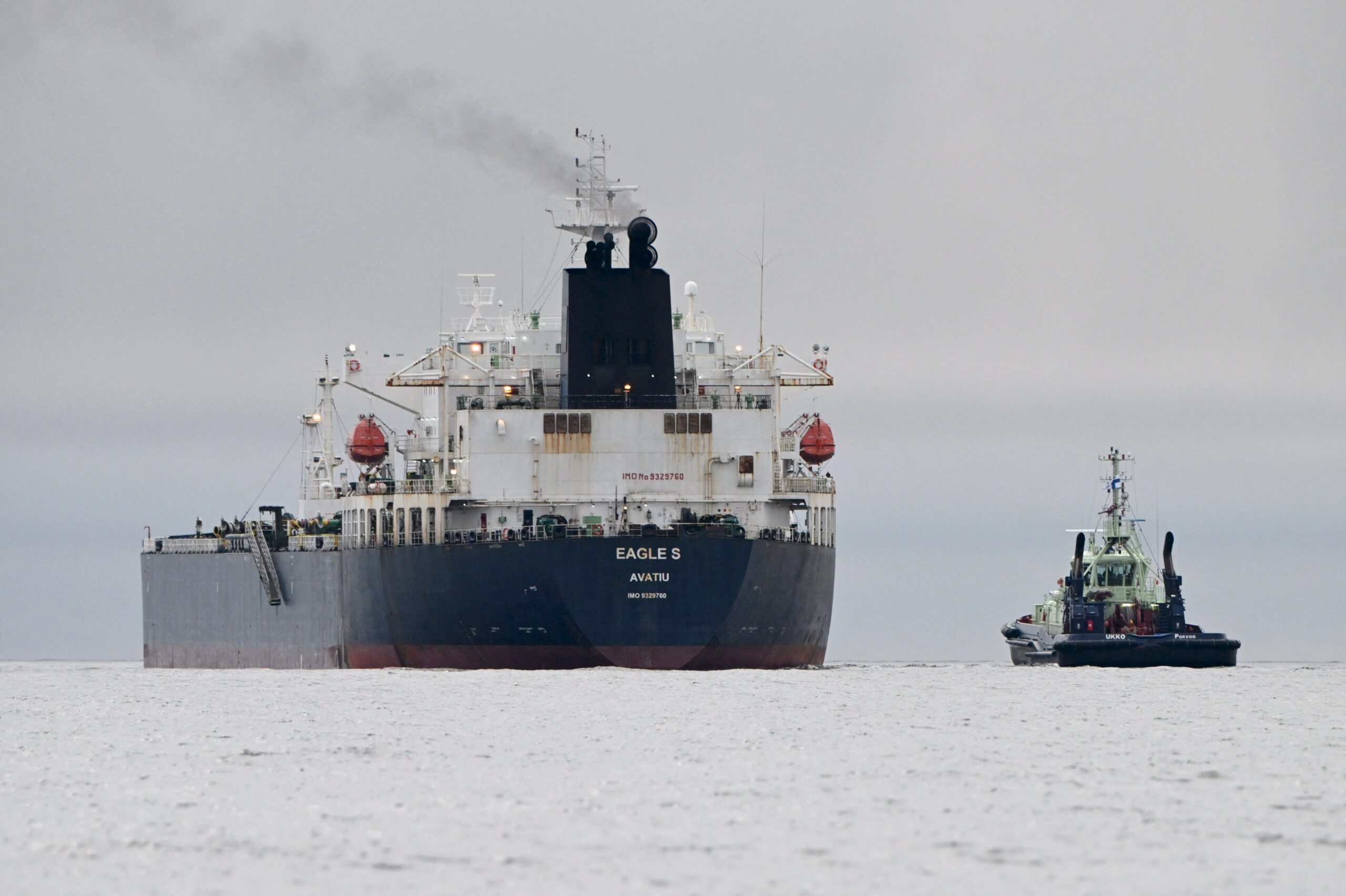NATO has launched a major maritime security operation called “Baltic Sentry” in response to a series of suspicious incidents targeting critical undersea infrastructure in the Baltic Sea.
The operation was announced by NATO Secretary General Mark Rutte during the Baltic Sea NATO Allies Summit in Helsinki, where he was joined by Finnish President Alexander Stubb and Estonian Prime Minister Kristen Michal.
“By working together with all Allies, we will do what it takes to ensure the safety and security not only of our critical infrastructure but of all that we hold dear,” Rutte declared at the summit.
The operation comes in the wake of multiple incidents targeting undersea infrastructure. Most recently, on December 25, 2024, the Estlink 2 power cable and four telecommunications lines between Finland and Estonia were damaged, leading to Finland’s seizure of the Russian oil tanker Eagle S.
A Timeline of Suspected Baltic Sea Sabotage Incidents
The mission will deploy a number of assets, including frigates, maritime patrol aircraft, and a new fleet of naval drones. NATO will also integrate national surveillance capabilities to enhance protection of undersea infrastructure.
“Baltic Sentry will deliver focused deterrence throughout the Baltic Sea and counter destabilizing acts like those observed last month,” said U.S. Army General Christopher G. Cavoli, Supreme Allied Commander Europe. “It is indicative of the Alliance’s ability to rapidly respond to such destabilization, and shows the strength of our unity in the face of any challenge”.
The operation will be led by Allied Joint Force Command Brunssum (JFCBS), with Allied Maritime Command (MARCOM) playing a key role in maritime operations. The newly established NATO Maritime Centre for Security of Critical Underwater Infrastructure (NMCSCUI) will support decision-making and coordinate response actions.
This initiative builds upon NATO’s existing presence in the Baltic Sea, where Allied forces regularly conduct patrols and exercises using warships, submarines, and aircraft, supported by advanced maritime surveillance technology.
Since 2022, critical subsea infrastructure in the Baltic Sea has experienced a series of suspicious incidents. The most recent occurred on December 25, 2024, when the Estlink 2 power cable and four telecommunications lines between Finland and Estonia were damaged. Finnish authorities seized the Russian oil tanker Eagle S, suspecting it of intentionally dragging its anchor over the cables. In November, two undersea cables were severed—the Lithuania-Sweden Gotland link and the Helsinki-Rostock connection. Authorities are investigating the Chinese vessel Yi Peng 3 in connection with this incident.
Previously, in October 2023, the Balticconnector gas pipeline and telecommunications cables between Finland and Estonia were damaged by the Chinese vessel NewNew Polar Bear. In September 2022, the Nord Stream 1 and 2 pipelines were damaged by suspicious explosions near Bornholm. While a Swedish investigation confirmed sabotage, it did not identify those responsible.
Unlock Exclusive Insights Today!
Join the gCaptain Club for curated content, insider opinions, and vibrant community discussions.

